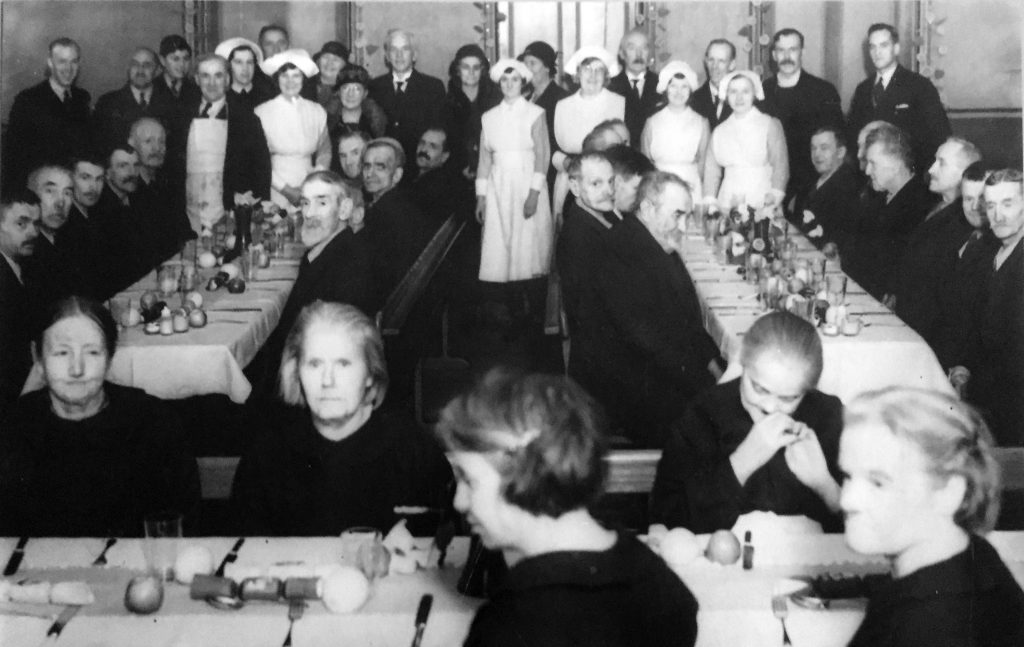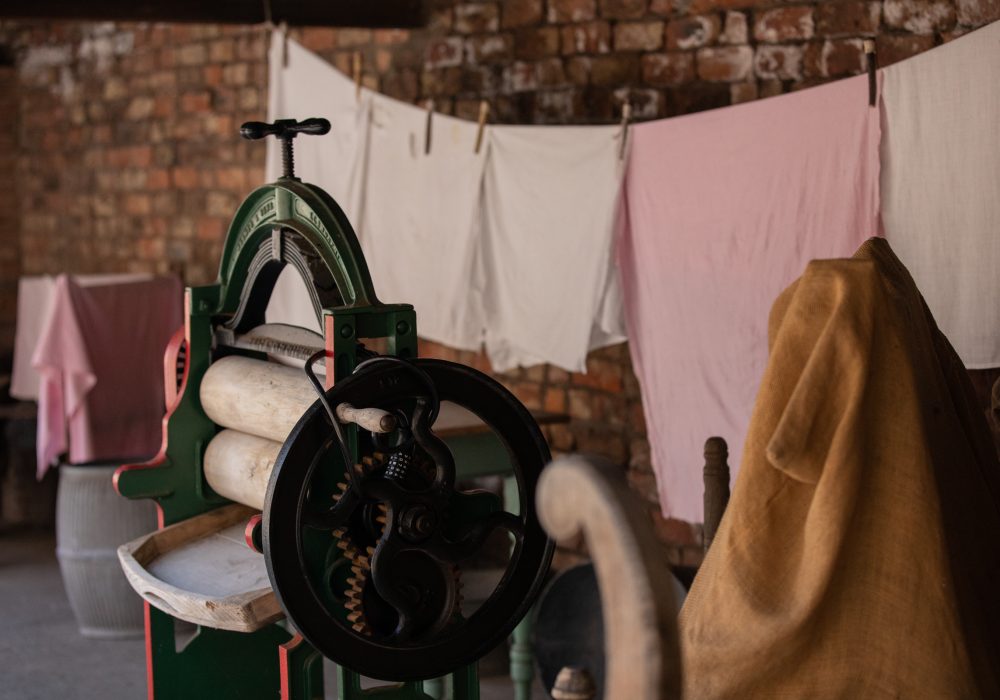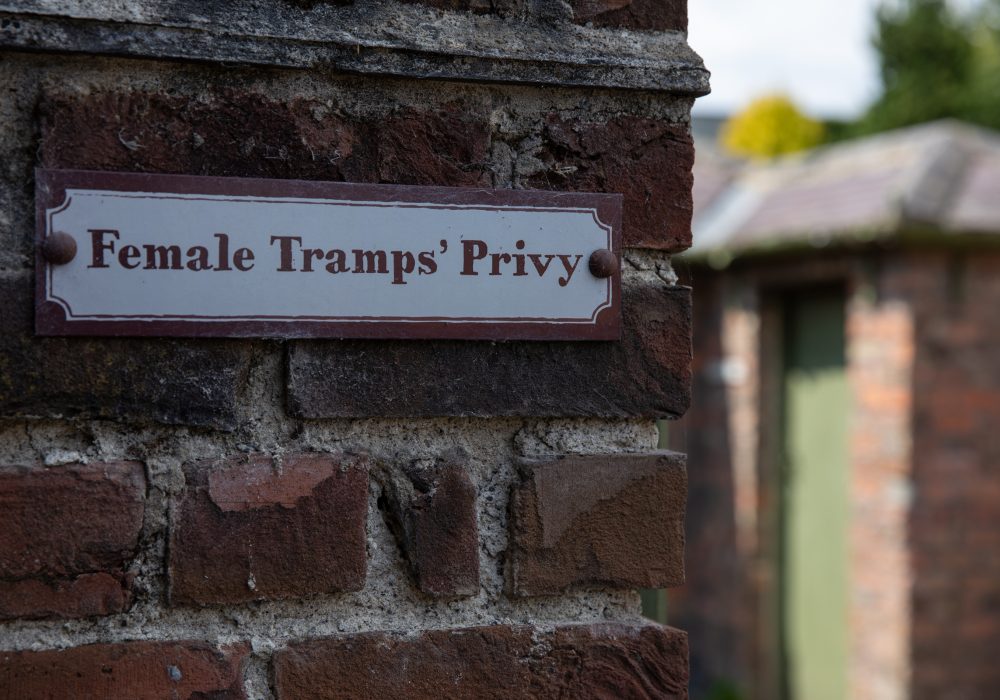The museum is located in the original Ripon Union Workhouse, and a workhouse has stood on the site since 1776.
By 1832, there was national concern at the expense of maintaining the poor and a Commission of Enquiry was appointed. Ripon was found to have 33 workhouse inmates: 11 men, 11 boys, nine women and two girls. Only one of the men was not ‘able bodied’ at 68 years of age, but those who were able spent eight hours a day breaking stones to mend roads.
The present building was completed in January 1855. The workhouse was self-sufficient, with its own teacher, chaplain and doctors. Inmates chopped their own firewood, did laundry, grew vegetables to eat, and the workhouse even had its own infirmary and its own van to transport ‘lunatics’ to asylums elsewhere if they became unduly violent.
Vagrants presented a special problem, and in 1877, a separate block of buildings was provided where they could have an evening meal, a bed for the night and leave the next day after completing a designated task.
With the coming of the Welfare State in the 1940s, the building was renamed Sharow View and an astonishing change took place. Locked doors were opened, warm fires and bowls of flowers, chintz covers and hangings did everything possible to disguise the high bare rooms and staircases of the former workhouse.
Who lived in the workhouse?
“Hush-a-bye baby, on a tree top. When you grow old, your wages will stop. When you have spent the little you made. First to the poorhouse and then to the grave.”
This rhyme tells the story of many a working man’s life in the 19th century.
The Ripon Union Workhouse building on Allhallowgate is rather elegant, standing in grounds graced with flower beds, trees, lilacs and even a passionflower. From the outside, it seems far removed from the dreaded workhouse in Oliver Twist.
But it wasn’t only labourers who entered the workhouse.
Census records provide us with information on some of the residents who passed through the workhouse’s doors.
In 1861, the building was home to a former master wheelwright, former gentleman’s servant, master shoemaker, butcher, farmer and many more who had known better times. In old age, or perhaps after being widowed, they found themselves in need of support. At that time, there were also 24 children under the age of 12 in Ripon Union Workhouse, the youngest inmate being Matthew Colby, aged two weeks.


